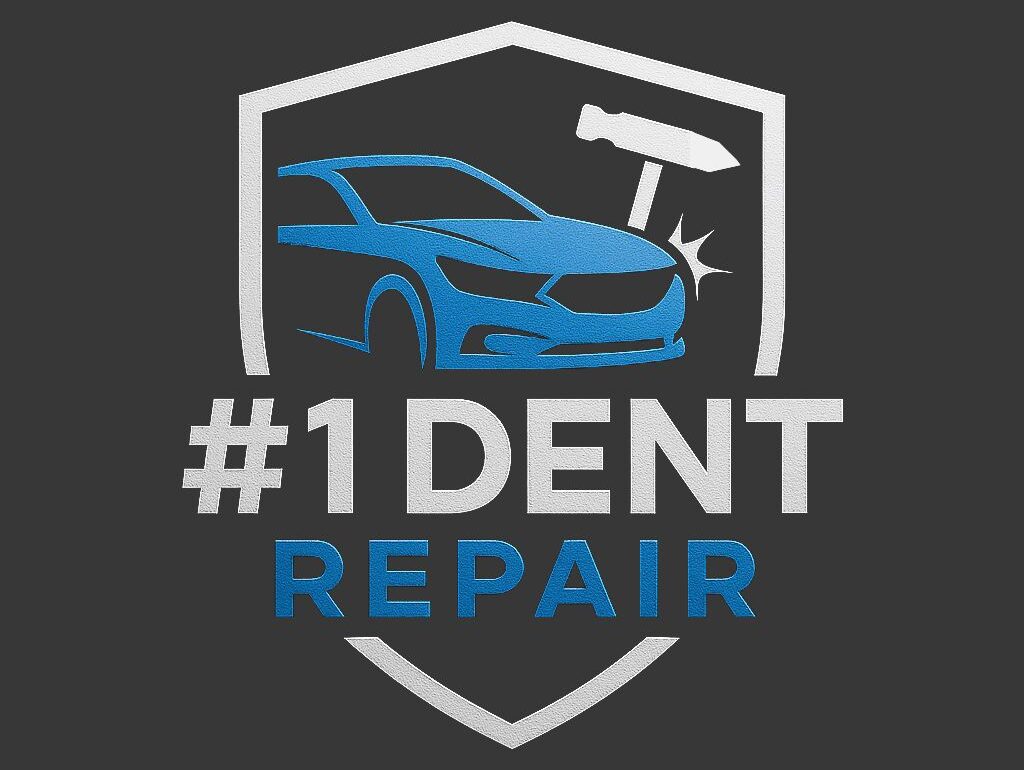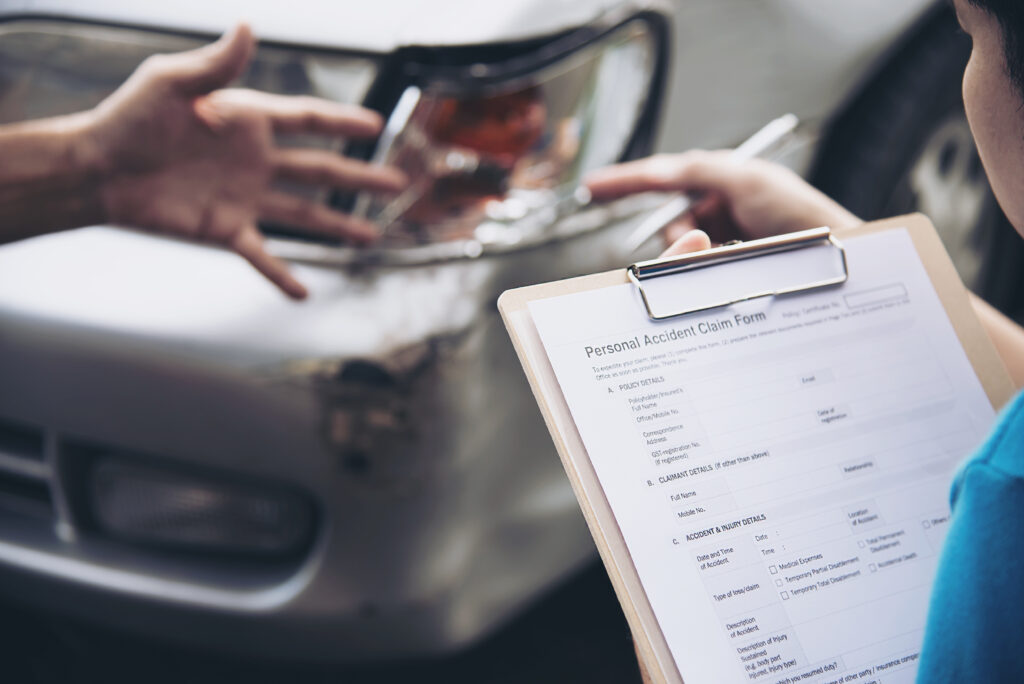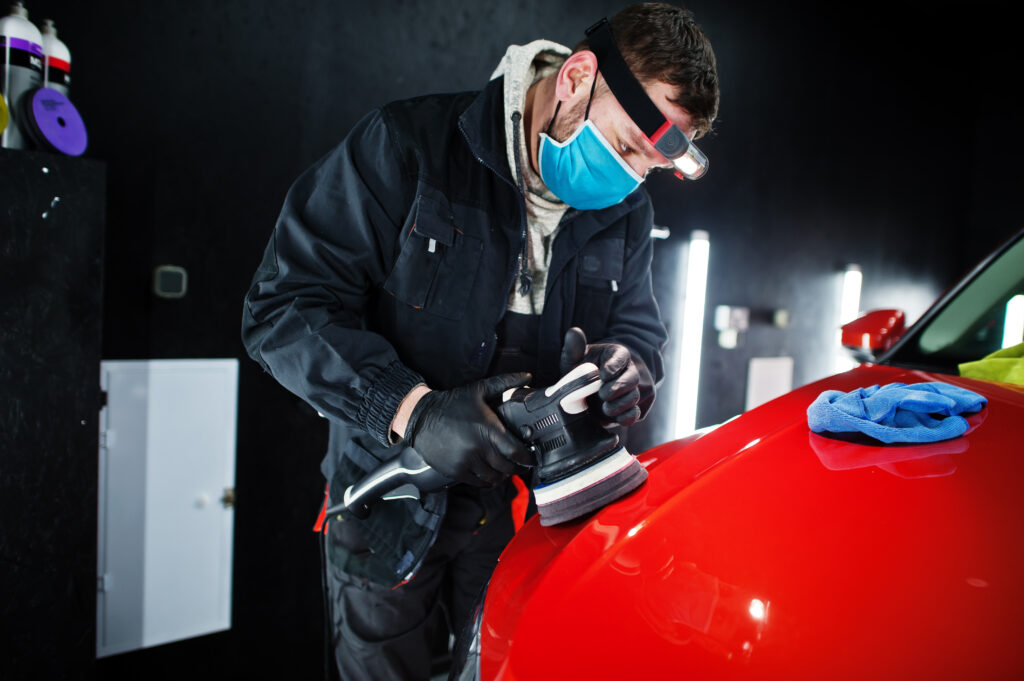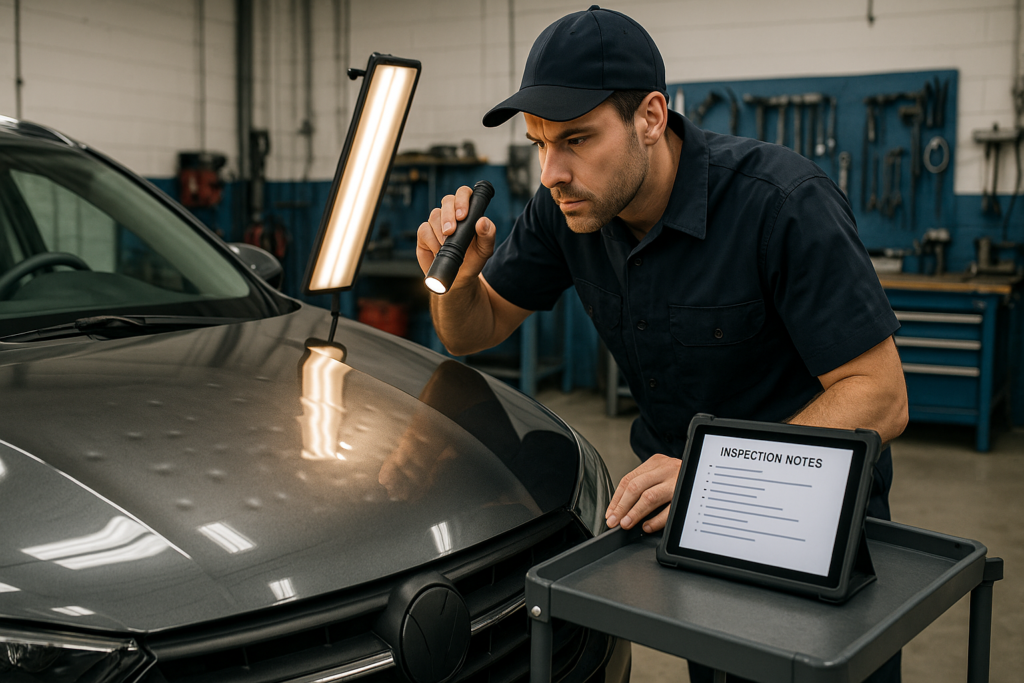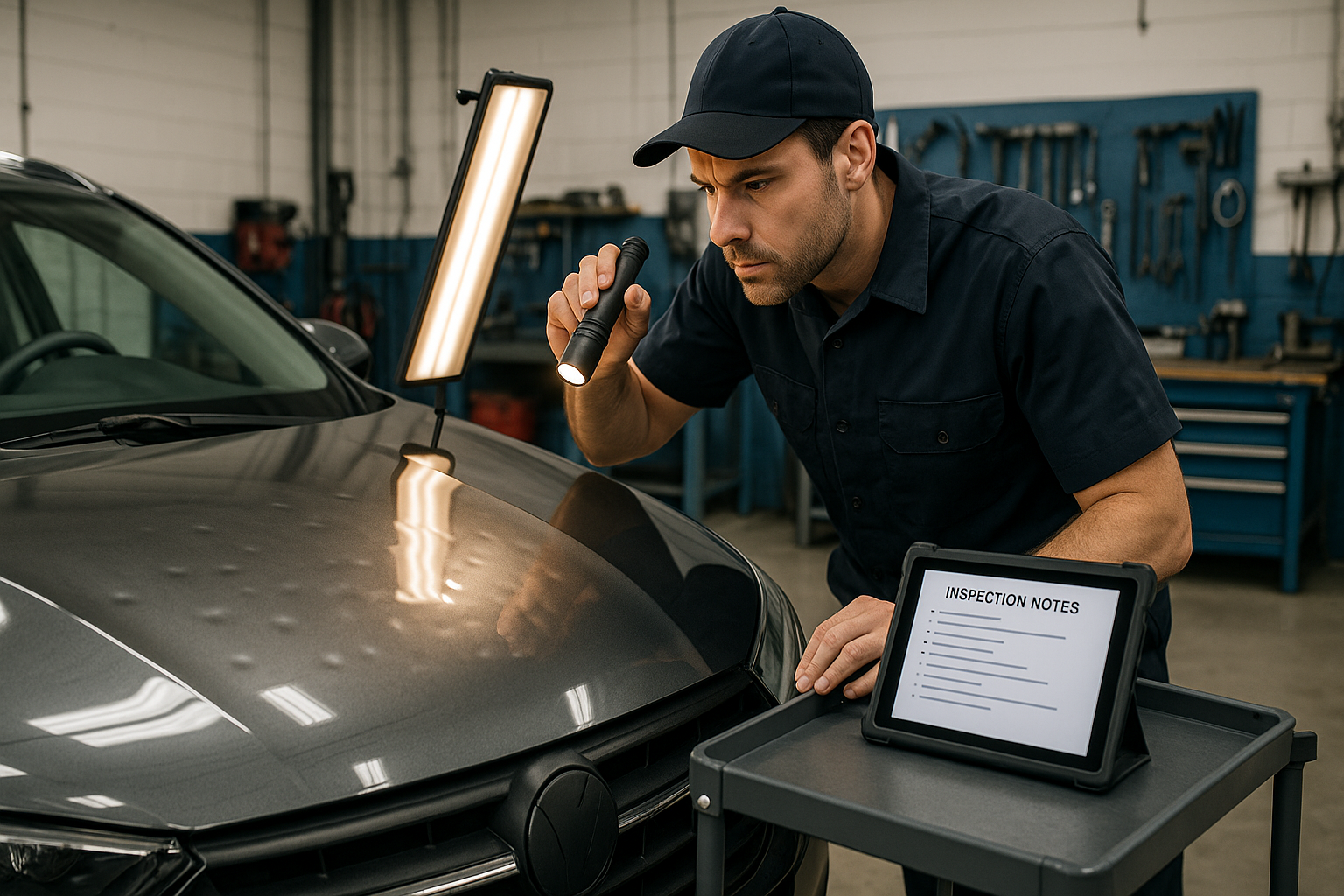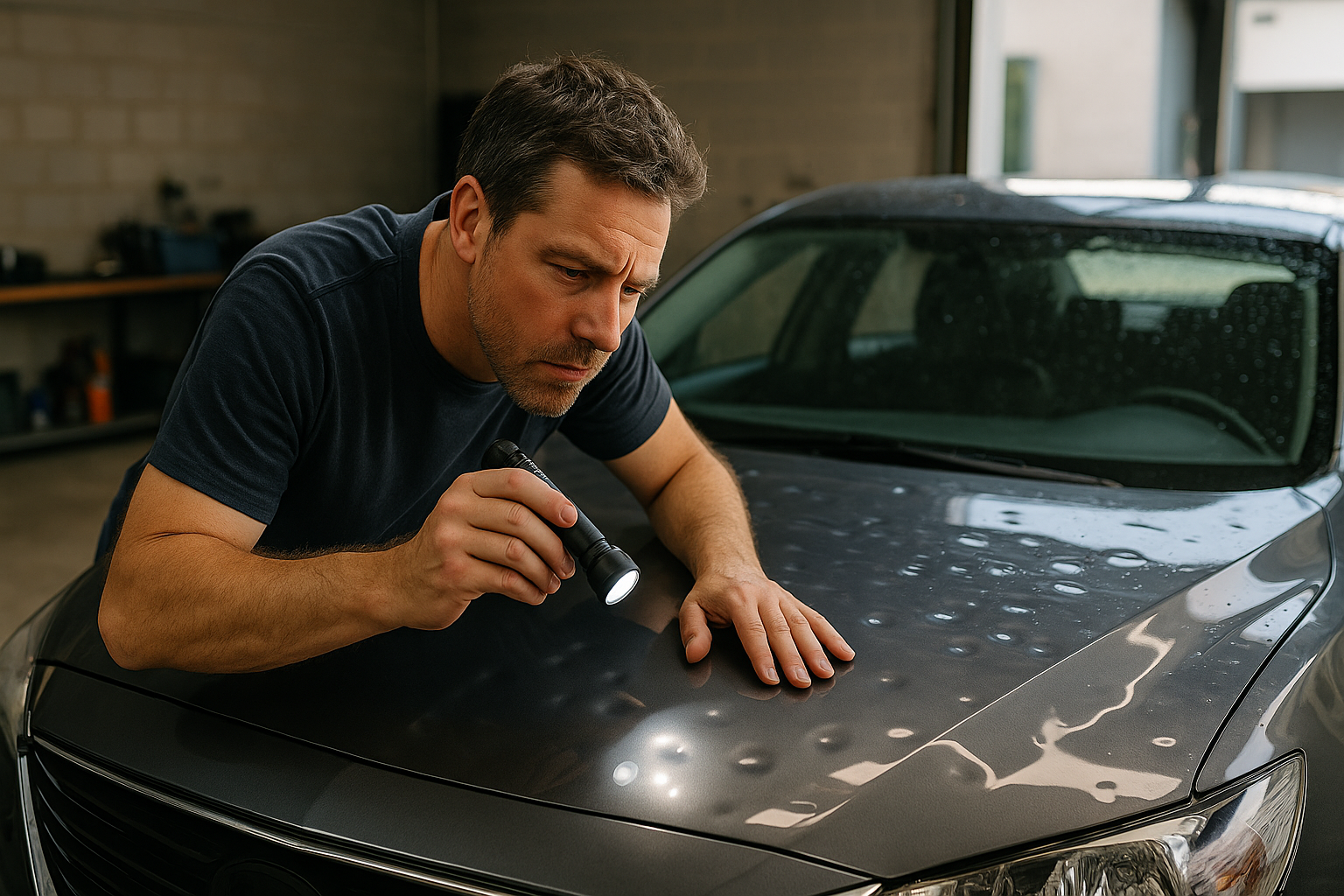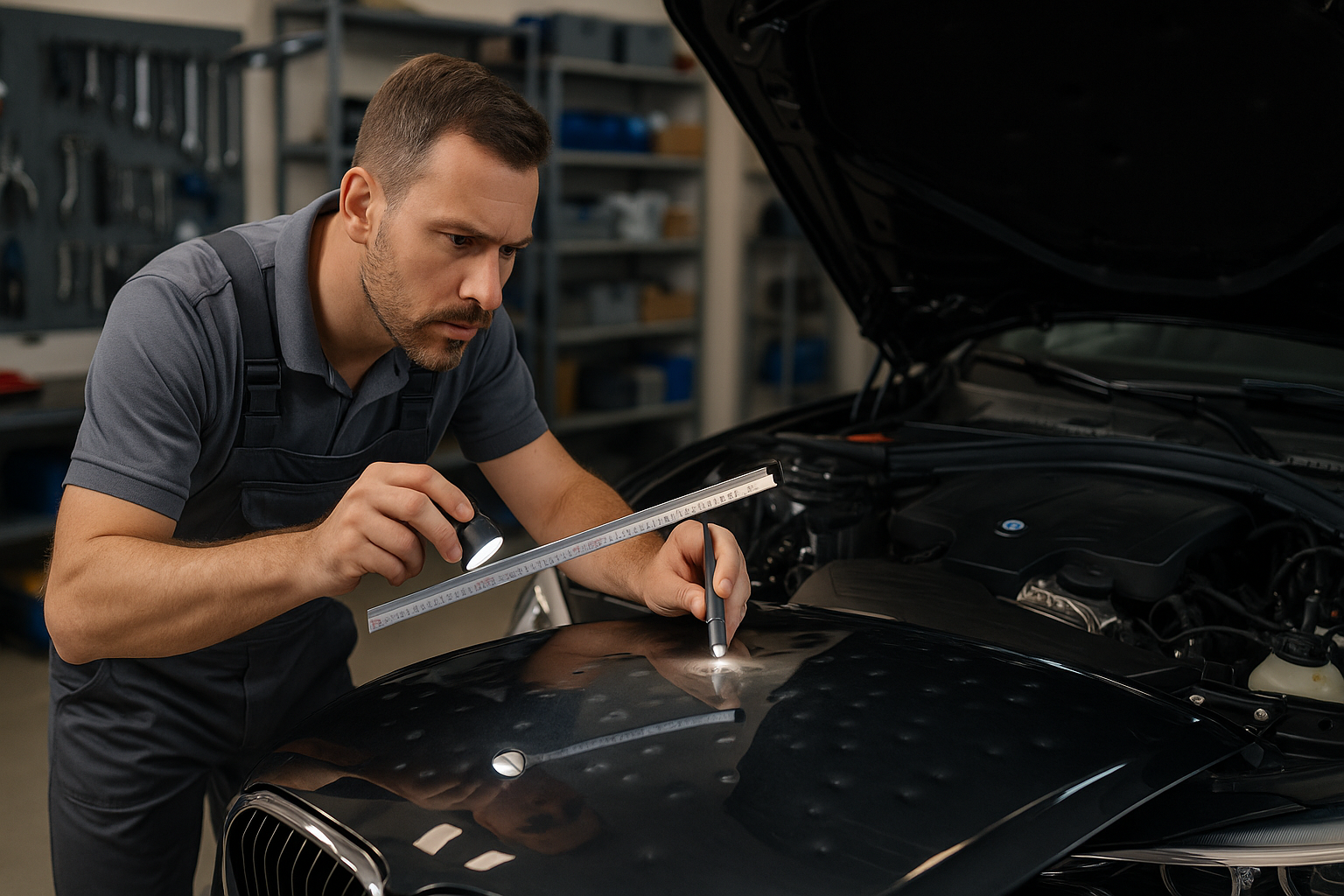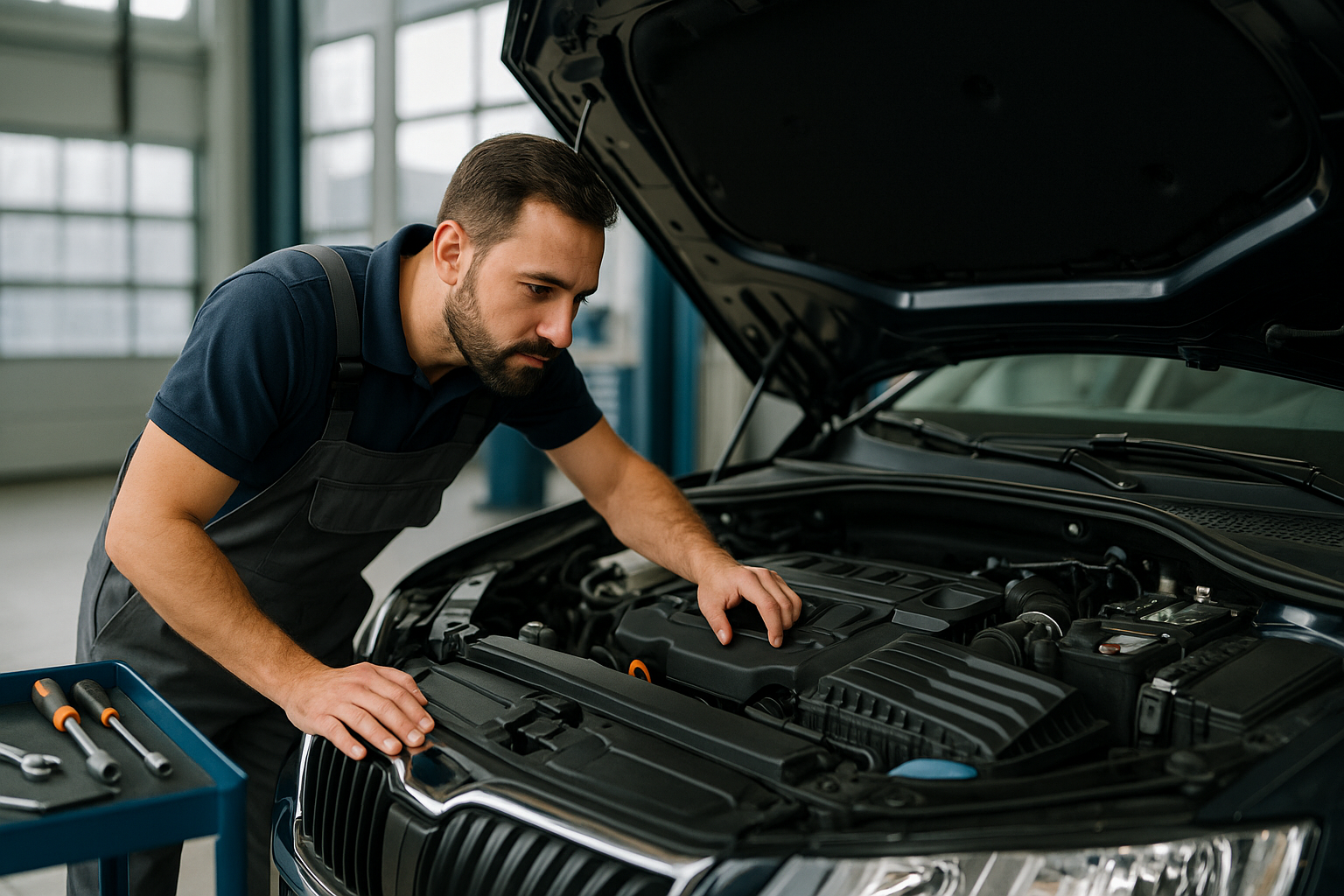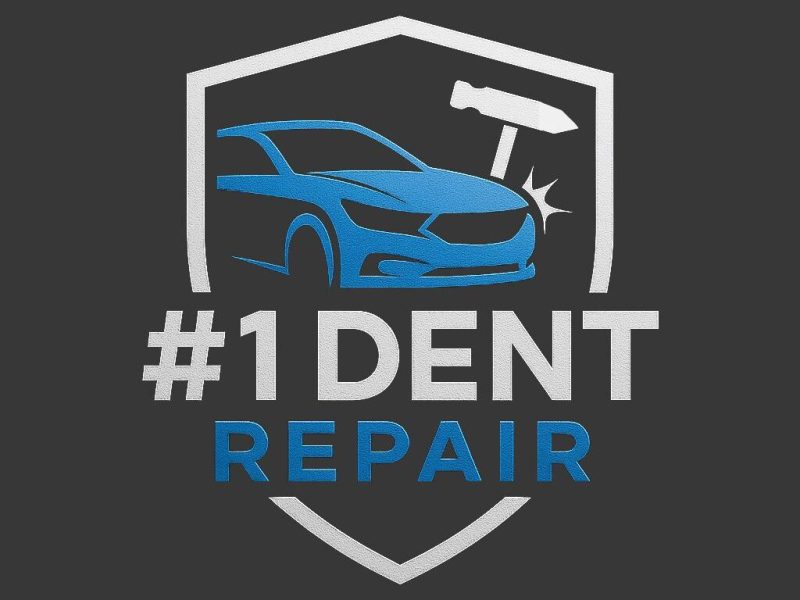Have you ever wondered how to remove hail dents from your car without repainting it?
The answer lies in PDR — Paintless Dent Repair, a technique that’s gaining popularity among drivers looking for fast, effective, and affordable solutions for hail-related damage.
In this article, you’ll learn what PDR is, how it works, and what its main benefits are. This guide is written in simple language, perfect for those starting to explore quality automotive repair options.
What Is PDR and How Does It Work?
PDR (Paintless Dent Repair) is a method used to repair small dents on a car’s body without affecting or repainting the original paint. It’s especially effective on hail damage, which often leaves minor dents without breaking the paint layer.
How is PDR performed?
- A trained technician uses special tools to gently massage the metal from the inside, restoring it to its original shape.
- Since the paint isn’t damaged, there’s no need for sanding, fillers, or painting.
- The process is quick, clean, and maintains the vehicle’s originality.
Main Benefits of Paintless Dent Repair (PDR)
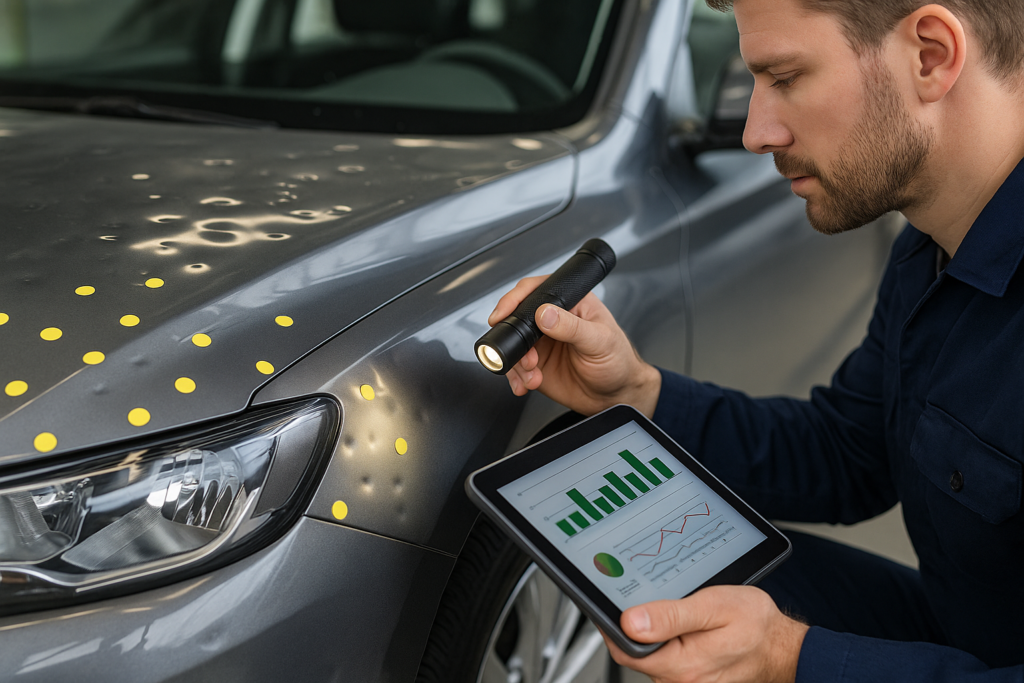
1. Preserves the Vehicle’s Original Paint
Unlike traditional repair methods, PDR does not affect the car’s factory paint, which is a big plus when it comes to resale value.
2. Significantly Reduces Repair Time
While traditional repairs can take days or even weeks, PDR can be completed in just a few hours, depending on the extent of the damage.
3. More Affordable Option
Because it eliminates the need for paint, filler, and paint booths, PDR is generally more cost-effective than conventional bodywork.
4. Perfect for Hail Damage
PDR is the best technique to fix hail-related dents, since these usually don’t compromise the paint layer.
5. Boosts Resale Value
Keeping your car’s original paint intact increases its market value. PDR avoids repaint records, which are often a red flag for dealerships and buyers.
6. Eco-Friendly Solution
The process doesn’t involve chemicals or paints, making it a more environmentally friendly option.
When Is PDR Recommended?
PDR is ideal for:
- Light to moderate dents with no cracks or paint damage.
- Accessible areas like the hood, roof, doors, and trunk.
- Cases where the vehicle owner wants to preserve the original factory finish.
❗ Note: If dents are deep, scratched, or affect the car’s structure, PDR might not be suitable. A technician should evaluate the damage first.
PDR and Insurance: Can I File a Claim?
Yes! Many insurance companies recognize PDR as an official repair method. In events like hailstorms, it’s possible to file a claim and choose a body shop that uses paintless dent repair.
Check with your insurer to see if hail damage is covered and whether they have approved PDR service providers in their network.
Conclusion
Paintless Dent Repair (PDR) is a modern, efficient, and budget-friendly solution for restoring hail-damaged vehicles without compromising the factory paint.
If you’re looking for speed, value, and quality — PDR is the smart choice.
By understanding the benefits of this technique, you’ll be better equipped to make an informed decision when it comes time to repair your vehicle.
